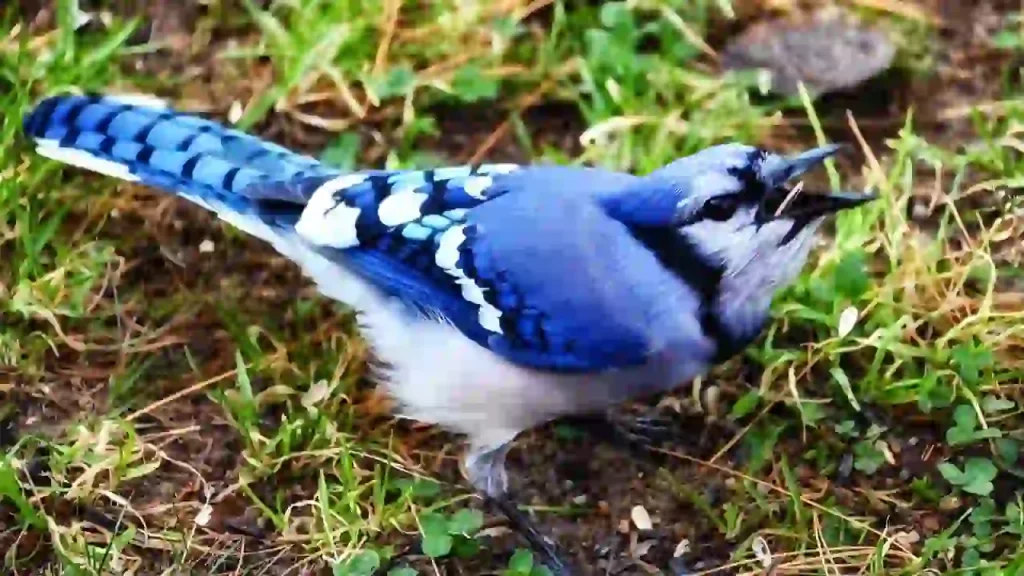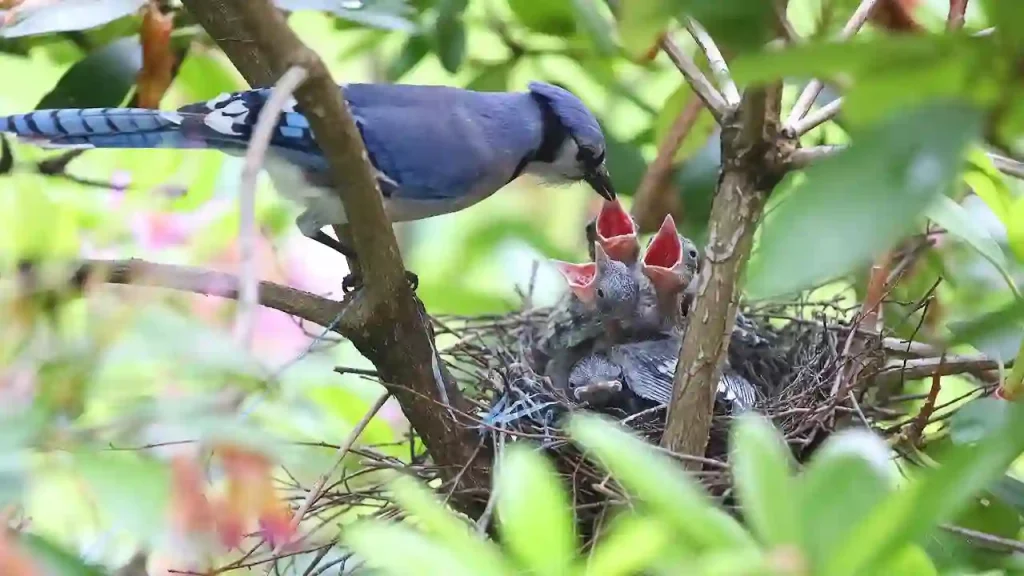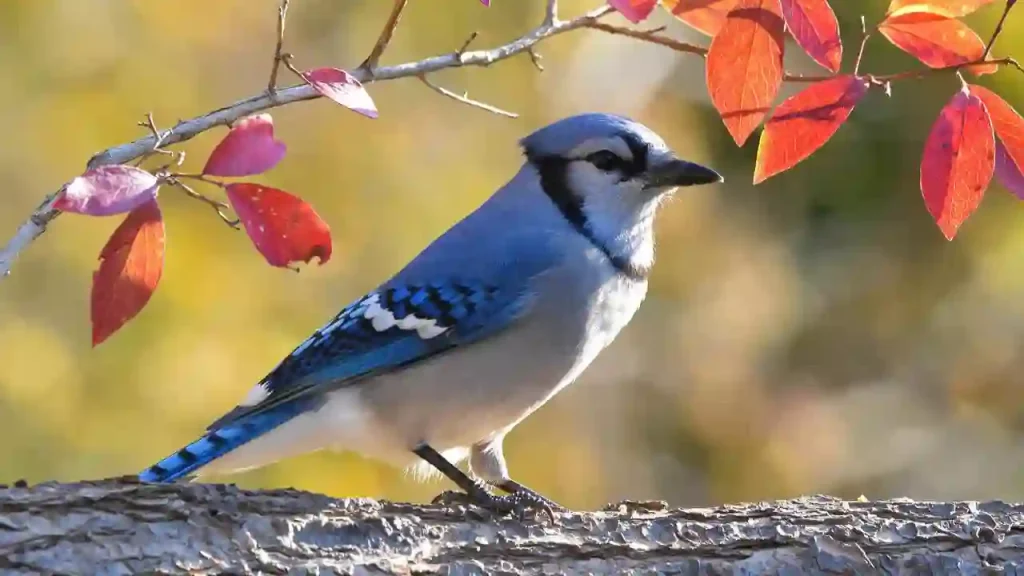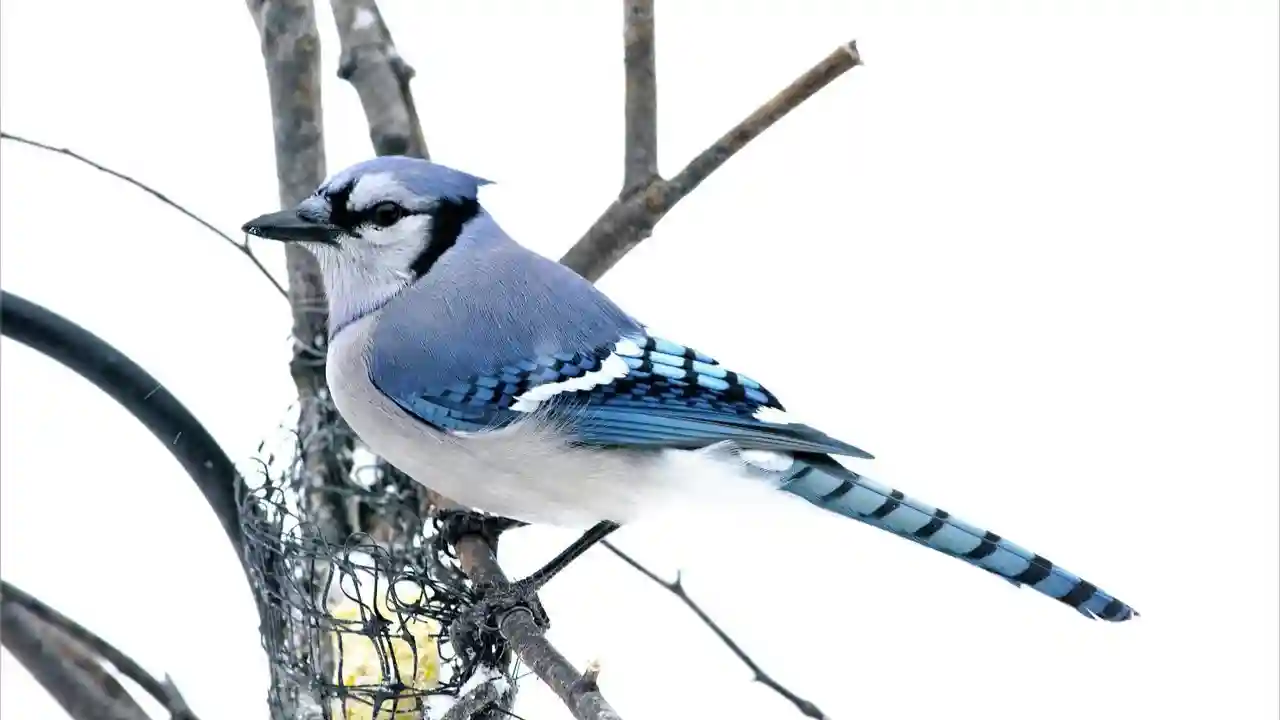Perhaps the most well-known of the backyard birds is the blue jay. Even individuals who have never paid much attention to these northern blue jays will frequently recognize this name when you mention it due to its distinctively colored plumage and the cacophony they create when they are around.
These otherwise beautiful songbirds have a bad reputation for being aggressive because they are often observed bullying smaller birds at feeders or sometimes in parks attacking humans, cats, and dogs.
So, do blue jays aggressive? Blue jays are very polite when dealing with their community of birds but when required, they are capable enough to answer in the most vehement ways. They can be ferocious attackers, passionate defenders, and brilliant hunters. Their belligerent nature is not for just any reason; when they feel that their family or territory is threatened, they can turn violent.
In this article, I will be sharing why these birds are often spotted bullying and chasing away smaller birds and how to avoid any potential encounters with them in your yard.
Why are Blue Bays Aggressive?

Numerous blue jays have been seen attacking other birds, taking their food, and occasionally even devouring the young ones of their victims. Additionally, they have been seen diving toward approaching humans, dogs, and cats.
But there are reasons behind the violent behavior of the blue jays when they are spotted to be displaying one.
They are not naturally aggressive like the other member of their bird family as crows and ravens.
Although they are known for being violent, this is only a symptom of territorial birds’ nature.
In reality, blue jays are known to be polite towards other birds and blue jays and their territorial community of birds, but appropriate stimuli can lead them to be aggressive as predators approaching food competition, and other such wild events.
Blue jays are not hesitant to confront other birds and can be fiercely protective of their food and breeding places.
But even though they are ferociously protective of their nests and food supplies, blue jays are not naturally violent and unnecessarily mean to other birds.
They must look like bullies that push others away and collect all the food they can from the bird feeders, but they are social creatures in general and they prefer to co-exist peacefully with other birds until the question is of their food and territory.
Reasons For Blue Jays Aggressive Behavior

To defend their territory
Blue jays’ aggression is a part of their territorial behavior. They respond promptly and ferociously if they sense any danger to their nests or their eggs.
Male and female blue jays spend days collecting twigs and branches for constructing their nest and they do not appreciate any intruder abruptly coming to claim their territory, so they are at their best might whenever they face any intruders.
To scare away a predator
They band together with other blue jays in what is described as a mob to tackle a potential predator such as an owl, hawk, or even a cat.
Many different species of birds, including crows, frequently do this. They also form mobs while hunting.
Being in a large group scares away small birds and hence, competition is easily cut off for the food.
To protect their female and hatchlings
When it’s the mating season, blue jays can be lethally aggressive. This is because, in this period, male jays are overly protective of female jays and female jays become increasingly watchful of any potential danger.
That’s the reason even bird watchers restrict their activity around blue jays in spring.
How to Know if a Blue Jay is Angry?

We are well familiar with the physical characteristics of blue jays.
These bright blue tinted birds can be very well recognized by even the common people and it wouldn’t take a bird watcher for the job.
This is because of their prominent blue crest atop their head and a black necklace-shaped mark surrounding their face and gular pouch.
The blue perky crest upon their head does not only add to their beauty but can also act as a sign to know whether they are aggressive or not.
Whenever blue jays feel threatened, they raise their crest to attain a domineering posture to frighten away their enemy.
This raising of the crest is so distinguishable and very frequent in the wild where they face daily instances of protecting and fighting.
One can gauge from the level of the crest, the level of aggression. The higher the crest, the more violent the blue jay is. The lower the level of the crest, the more peaceful the bird is.
How to Shoo Away Aggressive Blue Jays?

Despite being attractively pigmented and interesting to observe, blue jays aren’t always the greatest birds to have around the house and yard.
When they have small chicks, blue jays can be very violent and may dive-bomb you, your children, and your pets.
They may also be noisy and defecate on your lawn or in your garden. Blue jays can be scared off without causing harm to either you or the birds.
Adopting a cat is the most effective thing you can do if you want to get rid of jays. Because they are predators, cats will pounce on anything they deem to be tiny enough.
However, if you are allergic to cats or don’t like them for any reason, then you ought to think about tending to your garden first.
Make sure there aren’t any food sources nearby that can draw jays in.
Even if clearing the garden doesn’t seem to work for you and if you have a lot of pans, you should think about putting them in the ground of your garden.
Any bird will be terrified by the loud, irritating sound of the metal clattering against each other and would avoid visiting the garden again that has a shield of such sort.
Summary – Are Blue Jays Agressive?
Although blue jays are notorious for their aggression, they are not typically violent and don’t attack without any reason. They attack for various causes: when they feel threatened; when they prey; to scare away predators, to save their hatchlings, to protect their territory, to defend their nests.
Blue jays are not naturally belligerent like crows, but you have got to be aware from approaching them during the mating season as they are supremely vigilant at this time of the year and can be violent to a great degree.
Frequently Asked Questions (FAQs)
How can I Prevent Aggressive Blue Jays from Entering My Yard?
The finest and simplest solution is to strategically place fake owls. Jays will stay off your lawn or yard since owls are predators.
In addition, you may alter the food within your bird feeder. Bear in mind that blue jays enjoy peanuts.
Sunflower seeds or even shelled maize or corn can be used in their place to guarantee that the jays won’t turn up.
Can Blue Jays Attack Me?
Blue jays may be particularly violent when it’s the mating period, so if you are a bird watcher chasing blue jays in spring, then there is a likelihood that they might attack.
However, keep in mind that they are naturally peaceful creatures and won’t attack without any reason.
How to Know if a Blue Jay is Aggressive?
A blue jay in its violent state raises its crest upward. One can make out from the level of the crest, the level of belligerence that the blue jay might exhibit.
They also fluff their feathers sometimes when they are angry, and usually, when they do so, their eyes and expressions look very violent.
Are Bluejays aggressive to humans?
Like most animals, blue jays don’t attack without explanation. We must learn their instincts and understand their behavior.
People might be confused by the Blue Jays portrayed as flying bullies. Blue jays have been observed taking small species away from bird feeders.
Is it good to have blue jays in your yard?
Cyanocitta crista, or blue jay, is the erect and huge songbird.
Blue jay species benefit the flora of their ecosystems since their liking for acorns helps spread the oaks throughout North American forests.
Are blue jays bullies?
Blue Jays are bullies, they are antisocial, and not even among other Blue Jays. Some bullying is directly linked to how well blue jays can interact.
Blue jays are a species called the Newworld Jay and most others are tropical.


